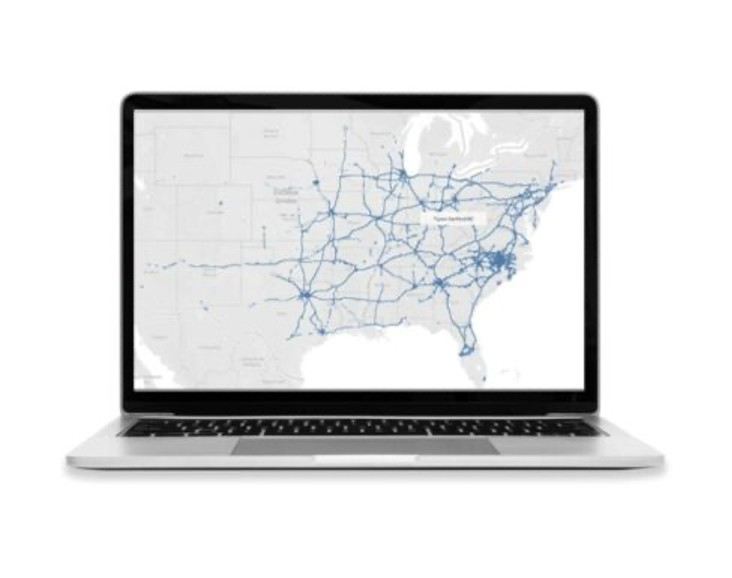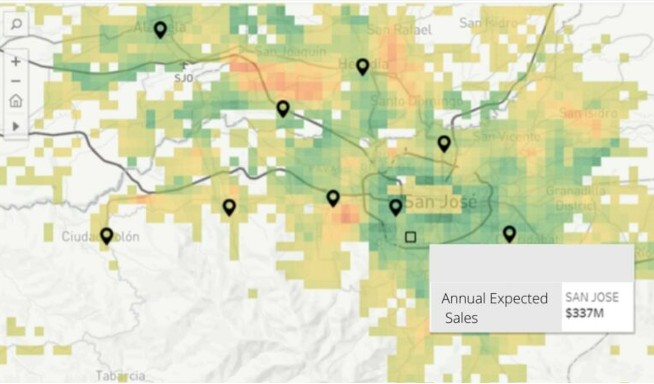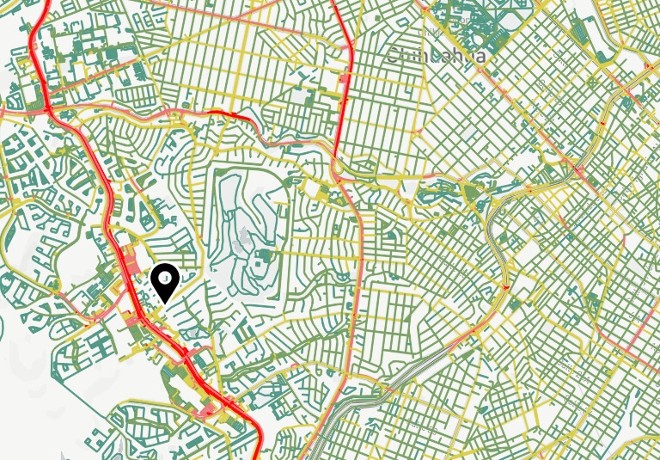If you run a local roofing business, you already know how hard the competition can get and the chase to capture customers. Losing even one customer could hurt your company, and it is pertinent to have an effective system to manage customer interactions. That’s where an answering service for roofers can help. In this post, let’s discuss seven compelling reasons why this is a great choice for your small business.
- You don’t have fixed hours: When there is an emergency roofing problem, a customer doesn’t want to wait. They often call beyond the usual business hours to get immediate help; if your roofing company is available, it can capture such opportunities. With answering services powered by virtual receptionists, your business can be a step ahead.
- You expect seasonal increases in call volumes: Some months are busier for roofers than others, and scaling the internal team to answer more calls during such times isn’t always a feasible option. Thanks to call answering services, you can ensure scalability in business operations.
- You can save money: Consider all the steps in hiring an internal receptionist. You have to screen candidates, find the right ones, interview them, and select one or more. Even with that much time invested, there are overheads to consider, such as perks, benefits, and salaries. Top answering services don’t charge you for all that, but you just pay for the services you need.
- Better customer satisfaction: Nothing matters more for roofers than positive reviews and customer recommendations. You can change the way people perceive and think of your roofing business by using live receptionists. You don’t have to manage the team but can access the same level of expertise.
- Your internal staff is free: A virtual receptionist working for an answering service can handle calls, make appointments, manage contracts, and take care of emails. If they are unable to help, they can forward the call or details to your internal team. By freeing up your resources and staff, you can use them for more critical and essential tasks relevant to operations.
- You can capture leads: People who call aren’t just existing customers, but there are many of them who just want to know more about roofing services, plans, and other details. With live answering services, you are a step ahead in capturing leads and potential customers. Your internal team can always reach out to them for better conversions.
- You can focus on your business: With fewer front desk team members and receptionists, your management work is significantly lower. You can use the time to do what you do best – Running your roofing business and offering the best services to your customers.
Finding answering services for roofers
Not all companies that offer virtual receptionists and AI voice agents work with small businesses. You have to do your research to choose one that works for roofers and has experience in the field. You may also want to check the extent to which the answering agents can help and how they are trained. Having control over how they respond and changing scripts should be a simple affair for your company. Lastly, look at the pricing, and it is best to schedule a demo to experience the answering service. You want to be sure that the new change is a better option for customer servicing and interactions. If the same company also offers AI-powered voice agents, that’s another advantage to consider.
Your customers deserve the best possible assistance for their roofing problems, and you must be on the forefront to assist them better. Check online now to find the best-rated answering services for roofing companies today!













